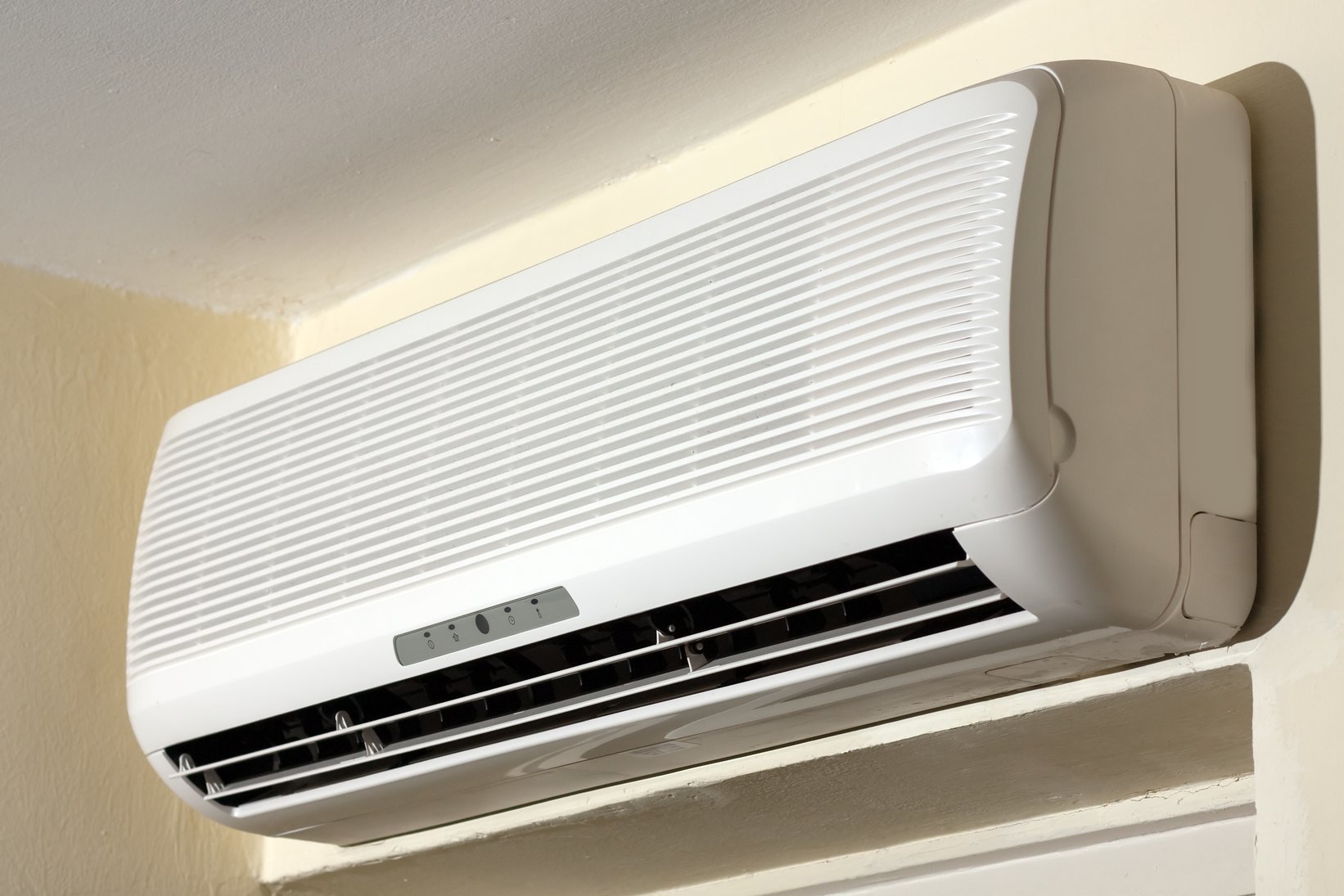3 Frequent Air Conditioning Refrigerant Leak Sites
05/25/18

Now that spring is here – and summer quick on its way – you should give some serious thought to an air conditioner tune-up. Those who fail to hire a professional to perform basic maintenance often end up dealing with expensive interruptions down the line. Many air conditioning problems come in the form of refrigerant leaks.
A refrigerant leak will gradually compromise your air conditioner’s ability to provide adequate cooling for your home, driving up run-time and energy costs in the process. If you would like to learn more about where exactly refrigerant leaks tend to strike, read on. This article will outline three frequent air conditioning refrigerant leak sites.
1. Capillary Tube
The capillary tube is the simplest example of a throttling device. Capillary tubes can be found in most residential air conditioning systems, as well as small cooling appliances such as refrigerators. The capillary tube tends to be housed in an air conditioner’s condenser unit – or in other words, the large cubical part of your system commonly found in the backyard.
A capillary tube ensures that the refrigerant remains at the right pressure as it flows toward the evaporator unit in your home. It achieves this goal by routing the fluid through a long, coiled tube made of copper. The diameter of the tube restricts the flow of refrigerant, increasing its pressure in the process.
Capillary tubes frequently experience refrigerant leaks due to their somewhat fragile nature. A capillary tube’s mounting hardware often works loose under the constant vibrations given off by the condenser’s motor. The loose tube then begins to rub against nearby metal parts. Soon, the friction will cause tiny holes to form as the soft copper wears away.
2. Flare Fittings
Flare fittings can be found anywhere a capillary tube or other section of metal tubing attaches to an air conditioning component. These attachment points represent serious leak hazards. A flare fitting uses a flare nut that when tightened, compresses the end of the tubing so that the fitting prevents the refrigerant from escaping.
Unfortunately, however, flare fittings tend to develop their own problems as time goes on. Just as with capillary tubes’ mounting hardware, flare fittings are subject to vibrating loose as time goes on. If the flare nut relaxes enough, refrigerant will be able to squeeze out and begin leaking.
A flare fitting leak can often be eliminated by re-tightening the nut. But in some cases, the problem stems from a tube end that has been excessively compressed. In that case, no matter how tightly screwed the flare fitting is, leaks will continue to occur. So either the tubing or the flare nut will need to be completely replaced.
3. Evaporator Coil
An air conditioner’s evaporator coil bears the responsibility of actually cooling your air. The evaporator coil can be found inside of the air handler in your home. Liquid refrigerant flows to the evaporator coil from the outdoor condenser. The air from your home flows around the coil, while the refrigerant absorbs its heat.
As the air rapidly cools, condensation often forms on the outside of the coil. Over time, this condensation can react with volatile organic compounds found in your home’s air, producing the substance known as formic acid. This formic acid then begins corroding the copper evaporator coil, eventually leading to the formation of holes through which refrigerant escapes.
Pinpointing the exact location of a refrigerant leak can be a daunting task and should be left to a trained professional. For more information on how to get your air conditioner ready for the heat of summer, please contact the pros at HELP.
Posted in: Air Conditioning



